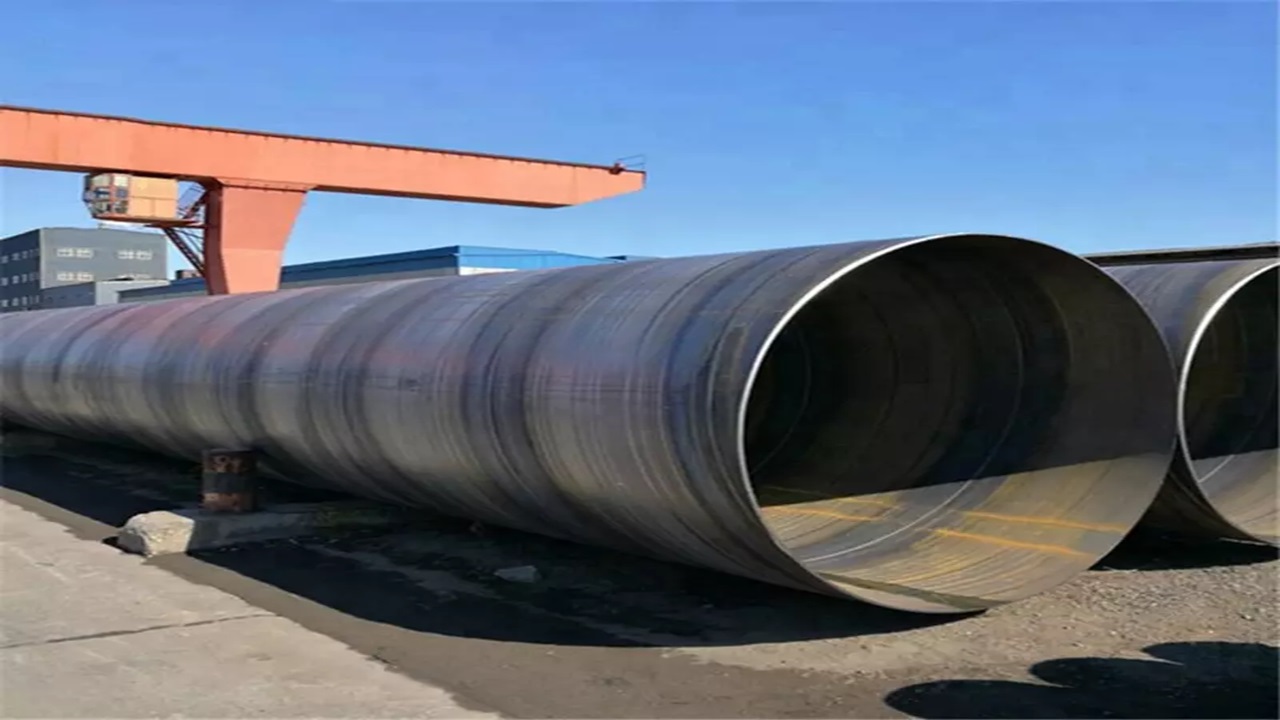Railway infrastructure requires robust materials that can withstand the rigorous demands of heavy trains, constant vibrations, and exposure to the elements. In this context, ASTM A252, a standard specification for welded and seamless steel pipe piles, emerges as a crucial component in the creation and maintenance of railway structures. This article explores the applications and advantages of ASTM A252 in railway infrastructure. How ASTM A252 continues to be the backbone of railway construction click here for more information.
The Versatility of ASTM A252 in Rail Construction
Structural Foundations for Tracks
ASTM A252 provides a solid foundation for the construction of railway tracks. The standard’s specifications ensure that the steel pipe piles used in track foundations offer the necessary strength and durability to support the weight of trains, maintain track alignment, and resist deformation over time.
Bridge Construction and Support
Railway bridges are vital components of the transportation network, and ASTM A252’s load-bearing capabilities make it an ideal material for bridge construction. The steel pipe piles contribute to the stability and integrity of railway bridges, ensuring the safe passage of trains over varying terrains.
Resisting the Forces: ASTM A252 in Track Maintenance
Vibration Resistance
Trains generate vibrations as they move along the tracks, and these vibrations can impact the structural integrity of railway infrastructure. ASTM A252’s ability to resist vibrations is crucial in maintaining the stability of tracks and structures, reducing the need for frequent maintenance, and ensuring passenger safety.
Environmental Sustainability: ASTM A252 in Green Rail Solutions
Recyclability
In an era where sustainability is a top priority, ASTM A252 aligns with green rail solutions. The material is recyclable, making it an environmentally friendly option for railway infrastructure. The ability to reuse steel pipe piles contributes to reducing the demand for new raw materials and minimizes the environmental impact of rail construction projects.
Energy Efficiency
ASTM A252 supports energy-efficient rail solutions. Its efficient manufacturing process requires less energy compared to alternative materials, contributing to a lower carbon footprint in the overall lifecycle of railway infrastructure. This aligns with the growing emphasis on sustainable practices in the transportation sector.
Precision Engineering for High-Speed Tracks
With the increasing emphasis on high-speed rail projects globally, the precision engineering capabilities of ASTM A252 become crucial. The material’s uniformity and reliability make it suitable for high-speed tracks, ensuring a smooth and stable ride for passengers while maintaining safety standards.
Advantages of ASTM A252 in Railway Construction
High Load-Bearing Capacity
One of the primary advantages of ASTM A252 is its high load-bearing capacity. This characteristic is crucial in railway construction, where tracks and support structures must bear the weight of heavy trains, cargo, and passengers. The material’s ability to handle substantial loads ensures the safety and stability of railway infrastructure.
Cost-Effective Solution
ASTM A252 offers a cost-effective solution for railway construction projects. Its availability, combined with its efficiency in installation and maintenance, makes it an economically viable choice for rail networks, especially when compared to alternative materials.
Conclusion
In conclusion, ASTM A252 plays a pivotal role in the creation and maintenance of railway infrastructure. Its versatility, high load-bearing capacity, and resistance to vibrations and environmental challenges make it an ideal material for tracks, bridges, and support structures. For those involved in railway construction and maintenance, understanding the applications and advantages of ASTM A252 is essential for ensuring the longevity, safety, and cost-effectiveness of the infrastructure.
